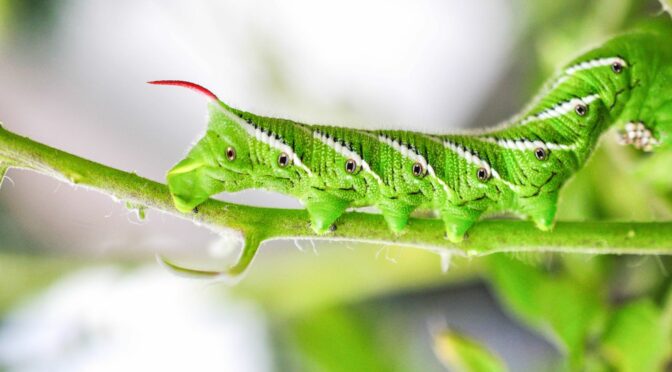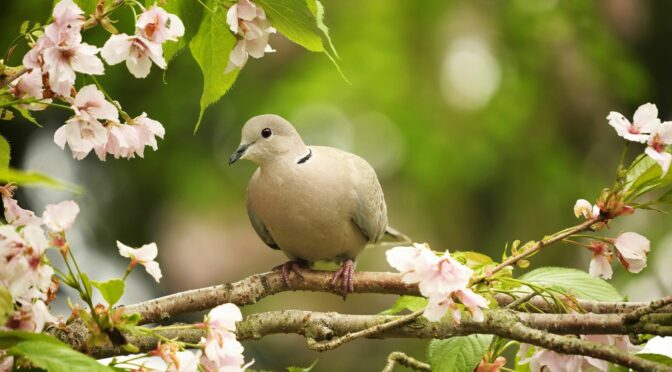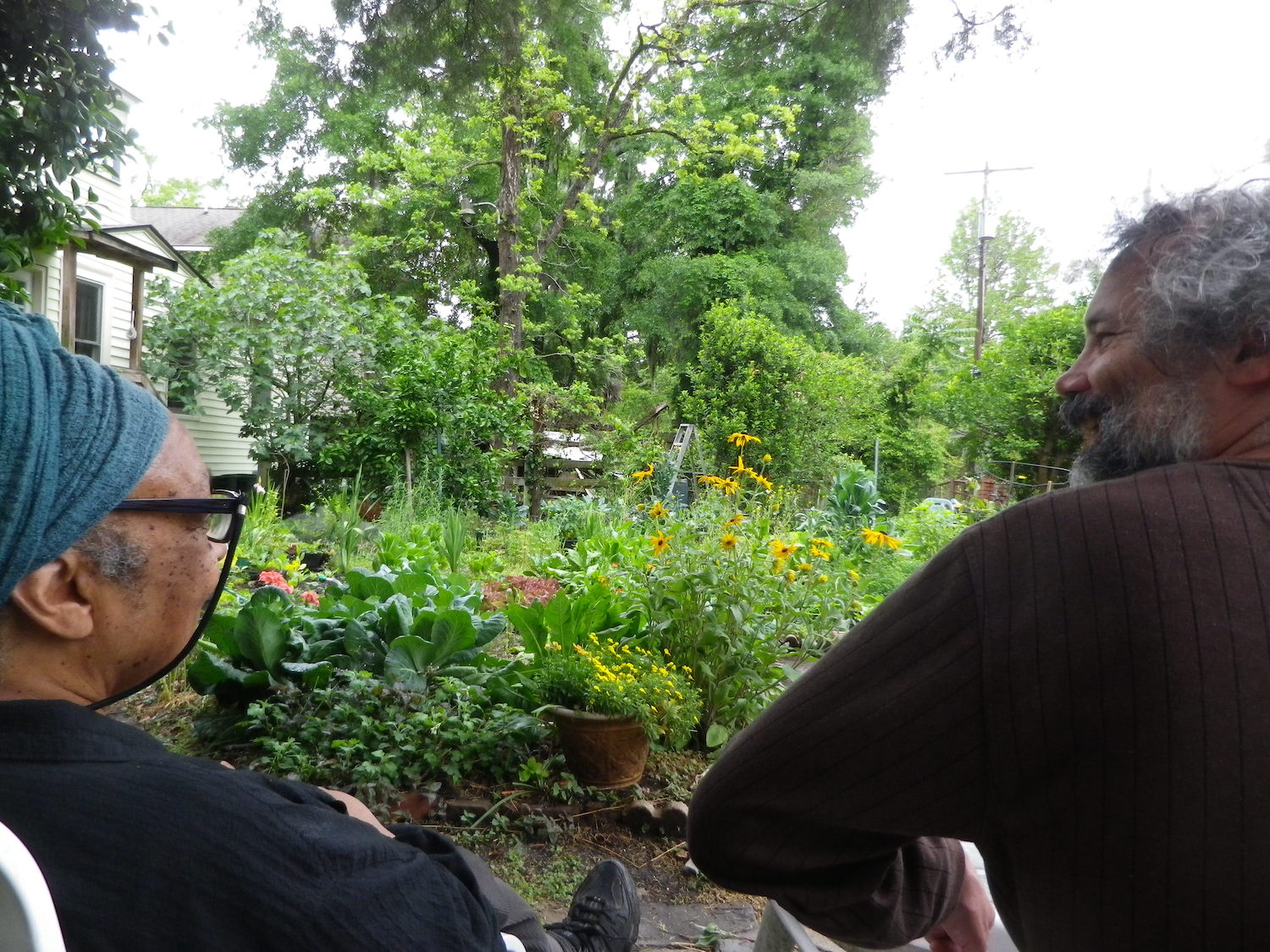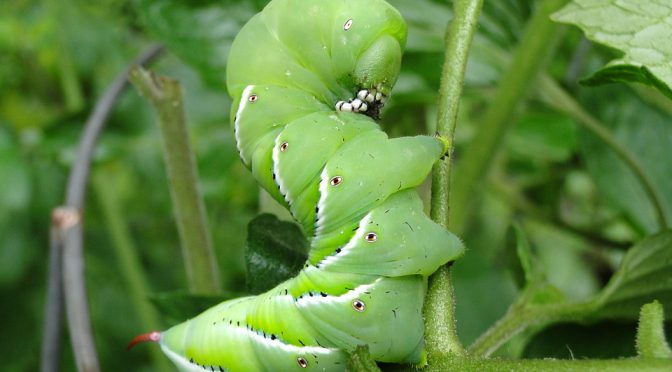Gardening can be a lot of fun, and it can also be a bit heartbreaking and difficult. It’s never fun to see your beans devoured by bean beetles, find that your broccoli is full of cabbage worms, or notice a tomato hornworm has taken a big bite out of your tomato. On the blog, we’ve discussed integrated pest management and many preventative strategies like resistant crops, row cover, attracting beneficial insects, and crop rotation. Today, we’ll talk about quick organic pest control solutions for those of you who are knee-deep aphids right now.
Quick Organic Pest Control Solutions
Getting rid of pests is challenging, but you can use a few methods to get them back under control. Most methods work best when you catch problems early. Check your garden regularly for signs of pest issues like curling leaves, holes in leaves, slimy trails, and eggs or insects on the underside of leaves.
Handpicking
No one wants to hear this, but handpicking is a decent option for some larger pests like tomato hornworms and potato beetles. Just put on some gloves and grab a bucket of soapy water to drop them in. The soap breaks the surface tension, so the insects sink to the bottom and drown.
Blast Off the Insects
This method doesn’t work with all insects, but sometimes all you need is the water hose. Try using a strong stream of water to blast off insects like aphids.
Remove and Burn Heavily Infested Plants
I always hate pulling plants, but sometimes it can allow your other plants to thrive. If you have one plant or patch of a crop that’s heavily infested, it may be worth using it as a trap crop. Remove it and burn it to kill the insects.
Check the SESE Crop Guides
Our crop guides have some great information for dealing with crop-specific pests. For example, did you know that you can trap squash bugs by placing boards around the base of plants? Squash bugs will hide under the boards at night, and you can collect them in the morning. Find that helpful tip and other great information in the SESE Squash, Pumpkin, & Zucchini Growing Guide.
You can find all of our guides under the Growing Guide Section of the website.
 Look for the OMRI Label
Look for the OMRI Label
Yes, some pesticides are organic. When looking at pest solutions, you’ll want to check for the OMRI (Organic Materials Review Institute) label. Products with these labels are naturally derived and allowed for use in certified organic farming operations.
While these products are organic, they aren’t without their downfalls. Many products affect beneficial insects the same way that they affect pests. Also, just because they’re organic doesn’t mean they’re completely safe. You still should avoid ingesting large amounts or letting children handle them.
Here are a few of the organic pesticides available and how they work:
Diatomaceous Earth (DE)
This grayish powder is made from crushed fossilized diatoms (single-celled algae). While completely safe for humans to handle, it’s very abrasive and will scratch and scuff the exoskeleton or soft body of insects that come into contact with it. This causes them to dehydrate and die.
It works well against insects like flea beetles, aphids, slugs, worms, and mites. Unfortunately, it doesn’t discriminate, meaning it also kills lacewings, ladybugs, bees, and butterflies.
Also, because insects have to come into contact with it, you’ll need to apply it fairly thickly, covering your whole plant. You also need to reapply every time that it rains.
Bacillus Thuringiensis (BT)
This naturally occurring soil bacteria is available in OMRI-certified liquid sprays. It’s toxic to several types of insects including butterflies, moths, and skippers, flies, and beetles. Some strains of the bacteria are more specific.
Again, it has the downside of affecting other beneficial insects that come into contact with it. It’s great for getting rid of cabbage moths and worms but could also kill swallowtails, so use it sparingly and appropriately. It also needs to be reapplied after it rains.
Neem Oil
Neem oil naturally occurs in the seeds of neem trees. It has a garlic/sulfur smell and is used to combat various pests, including Mexican bean beetles, mealy bugs, fungus gnats, Japanese beetles, nematodes, and thrips. It’s also used to kill certain plant fungal diseases.
Neem oil works as a repellent because of its bitter taste and strong smell. It also interferes with insects’ hormone systems making it difficult for them to reproduce.
It’s considered one of the safer pesticides for beneficial insects as it only affects insects that ingest it or are directly sprayed. So if you spray your beans, it will affect the bean beetles feeding on their leaves but not a butterfly landing on the leaf.
Pyrethrins
Pyrethrins are pesticides derived from naturally occurring pesticides found in chrysanthemum flowers. They control various insects indulging squash bugs, cucumber beetles, ants, and mosquitoes.
These pesticides are often considered non-toxic, but they aren’t harmless. It can irritate human skin, cause illness if ingested, and kills beneficial insects. Pyrethrin is also extremely toxic to fish, amphibians, and other aquatic life. Never use pyrethrin near a creek, storm drain, or other waterways.
These are just a few of the organic pesticides and methods for dealing with pests in the vegetable garden. Remember, prevention and catching pests early makes a huge difference in effectiveness!




